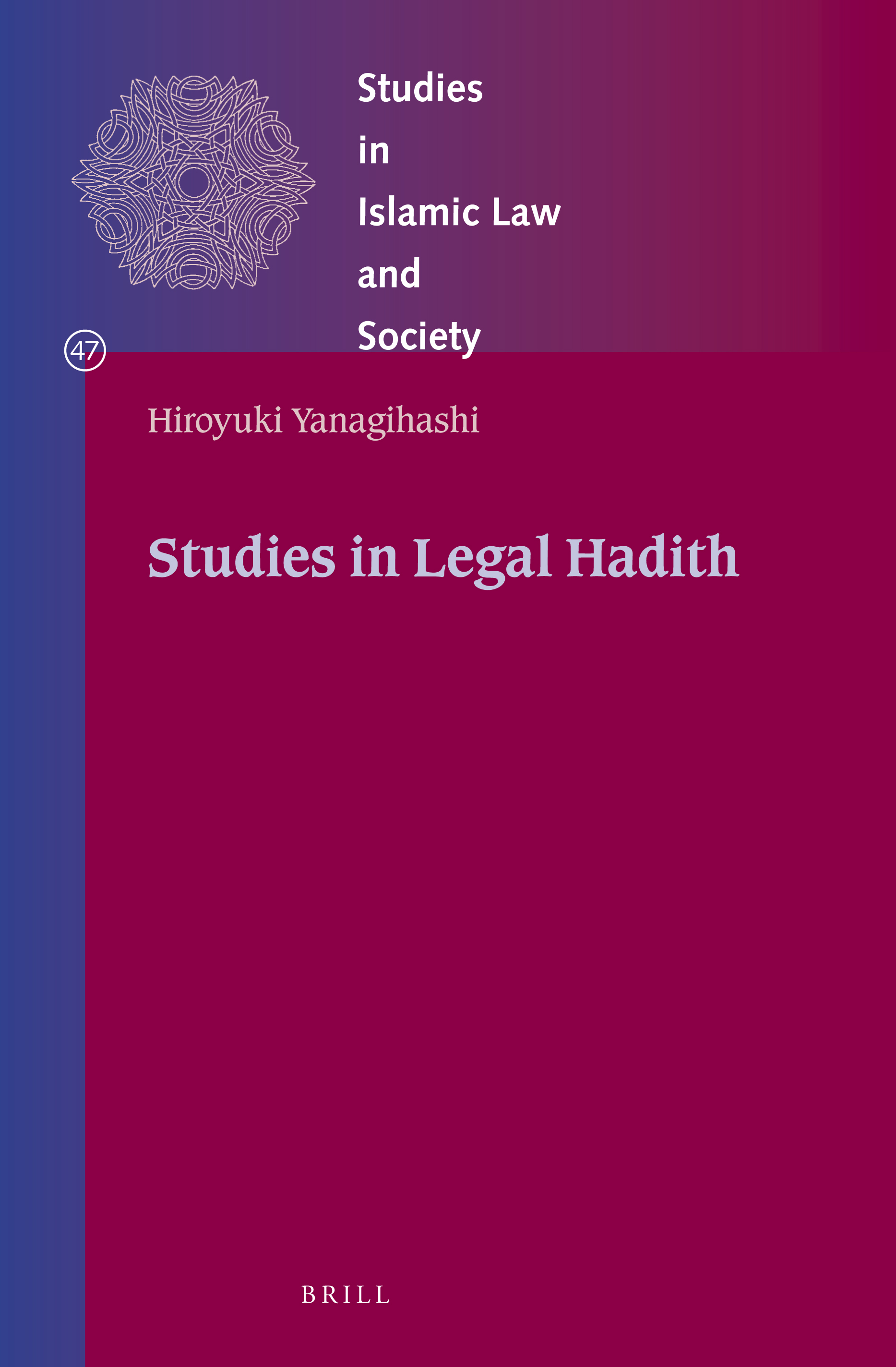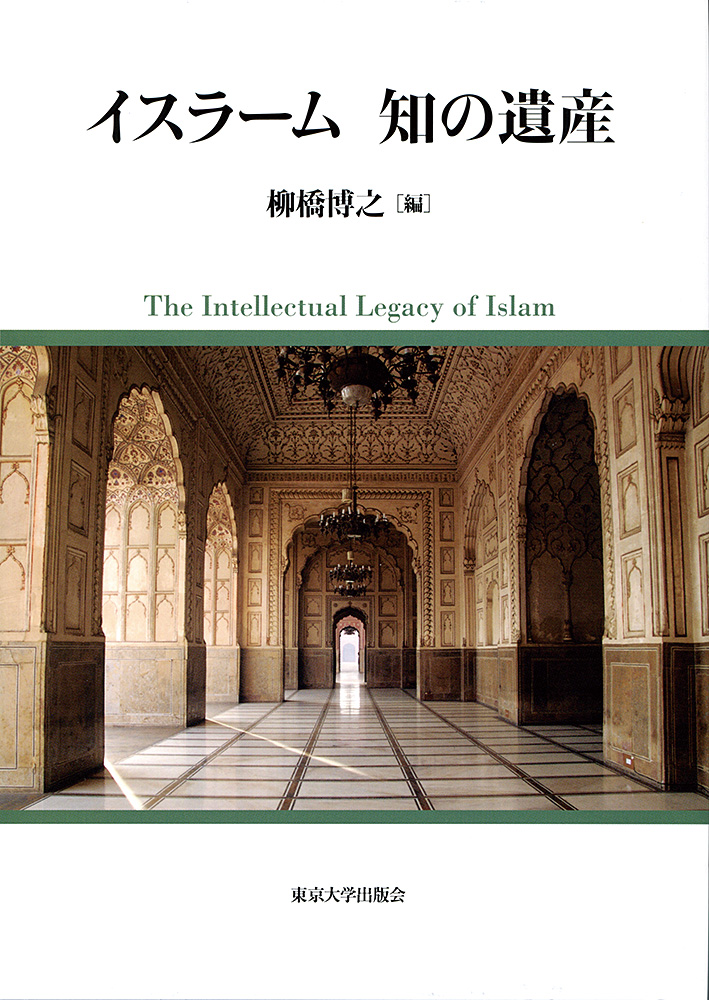
Title
Studies in Islamic Law and Society 47 Studies in Legal Hadith
Size
hardcover
Language
English
Released
February 14, 2019
ISBN
978-90-04-38919-9
Published by
Brill
Book Info
See Book Availability at Library
Japanese Page
This book presents the results of research on the process by which alternative versions of legal hadiths (hadiths related to the law) have been created. According to classic usage of the term, hadiths are records of statements and actions ascribed to the Prophet Mohammed that have been compiled into hadith collections by various Muslim scholars since the 8th century. This book analyzes 2018 alternative versions of hadiths comprising 58 hadith clusters (collections of alternative versions believed to be derived from the same hadith) related to ritual actions related to the use of water in worship, legal actions related to the marriage of women, etc. Two analytical methods are primarily used.
The first method is to trace the reformulation of the text of the original hadith using isnād (chain of transmission), complimented by the biographies of oral transmitters of a hadith (including year of birth and death, place of birth, teachers and disciples, and at times information related to the person’s legal doctrine). By doing so, it is possible to analyze the process by which hadiths have been rewritten in response to changes in legal doctrine, resulting in the creation of alternative versions of a hadith.
The other method investigates when alternative versions started to be created and ceased to be created by examining the change-over-time in number of alternative versions and number of oral transmitters of hadiths in a given hadith group.
These analyses yielded a number of new insights, two of which I will mention here. First, at least in the case of legal hadiths, Muslim scholars in the first two centuries of Islam or so perceived hadiths, not as records of statements and actions of the Prophet, but, rather, as a means of expressing standards for proper behavior in Islam. Whereas the initial transmitters relayed events that they themselves witnessed while adding their own interpretations, subsequent scholars rewrote hadiths based on what they considered to be the correct interpretation. This is what led to the creation of alternative versions. While, to an outsider, this may appear tantamount to the creation of a hadith, or a deliberate alteration of the record, to the Muslim scholars responsible, it was part and parcel to their pursuit of “true” standards as a member of the Islamic community. However, around the start of the 9th century, the view that hadiths were records of statements and actions of the Prophet became established, leading to the end of the creation of alternative versions (in the end, it was not possible to determine when the creation of alternative versions began). The second and, in my view, most important discovery was the following. In cases where multiple hadith clusters based on different legal doctrines related to the same topic exist, the number of oral transmitters of alternative versions included in the different hadith clusters were found to increase or decrease with the evolution or the flux in popularity of a given legal doctrine. That said, the change-over-time in the total number of oral transmitters exhibited similar patterns for all hadith clusters.
(Written by YANAGIHASHI Hiroyuki, Professor, Graduate School of Humanities and Sociology / 2020)
Table of Contents
Chapter 1 Statistical Analysis of Isnāds
Chapter 2 Water to be Used for Ablution
Chapter 3 Fasting While Traveling
Chapter 4 The Prevention of Pilgrimage and the Kaʿb Hadith
Chapter 5 Marriage and Guardianship
Chapter 6 Prohibition of Ribā
Chapter 7 Hadiths that Originated in the Constitution of Medina
Chapter 8 Formation of the Law of Evidence
Chapter 9 Synthesis



 Find a book
Find a book


